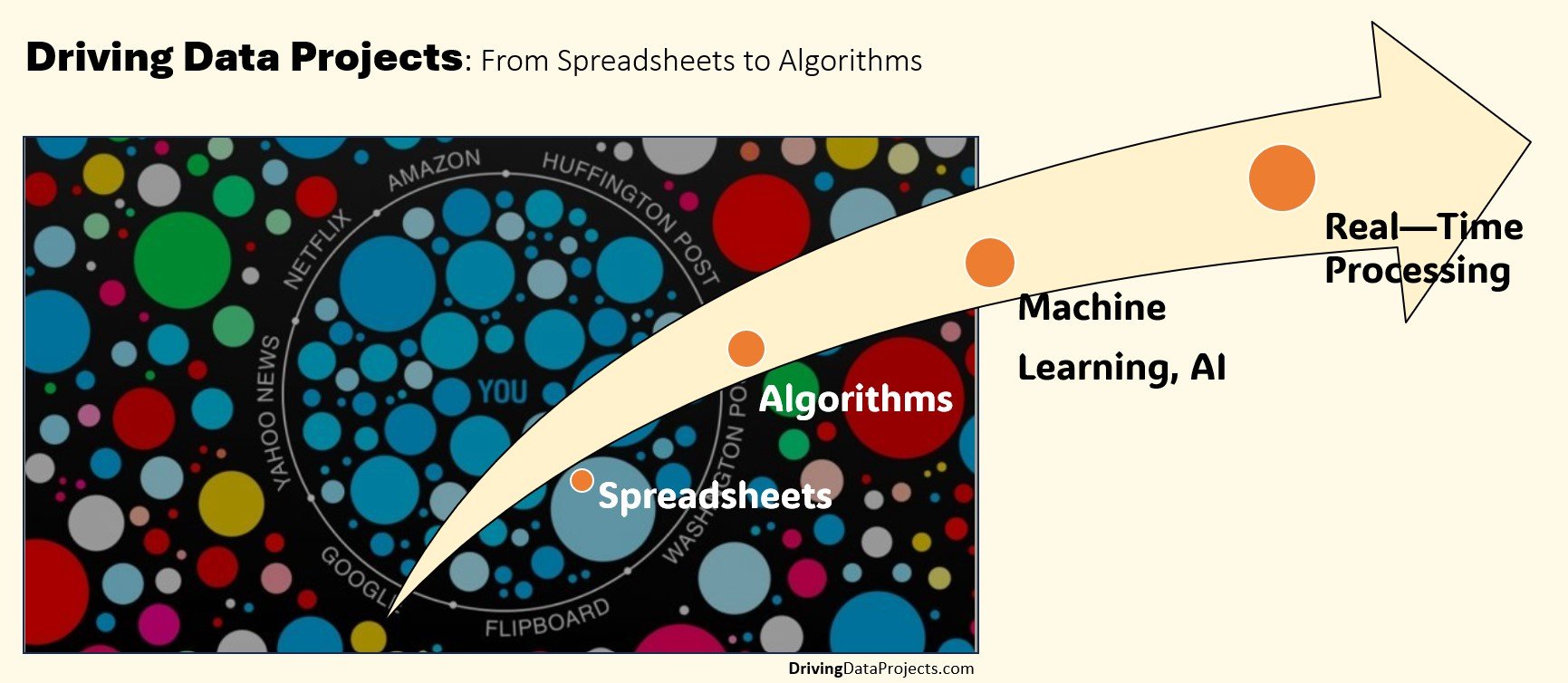The AI Investment Paradox Generative AI is dominating headlines, while predictive AI quietly powers businesses behind the scenes. Despite delivering far greater returns in efficiency and cost savings, predictive AI receives nearly the same level of investment as its flashier counterpart. Why? The answer lies in perception: generative AI dazzles with its creative outputs, while predictive AI quietly drives results. Yet for businesses seeking measurable ROI, predictive AI remains the unsung hero.
Read MoreThe transition from traditional spreadsheets to sophisticated data management and analysis algorithms represents a significant evolution that has revolutionized how businesses process and leverage information. Algorithms have reshaped the landscape of data-driven decision-making. Facebook's filter bubble is an early example of a machine learning system individualizing the user experience based on user patterns.
Read MoreUntil an organization is willing to invest in its data capabilities, aligning data resources to answer complex business questions will be like riding a bicycle to chase a Formula One racer and never catching up. Scoping project opportunities well is about building enough trust to eventually scale resources. While a single project manager can accomplish some initiatives, most data projects require multi-disciplinary resources to execute.
Read More



